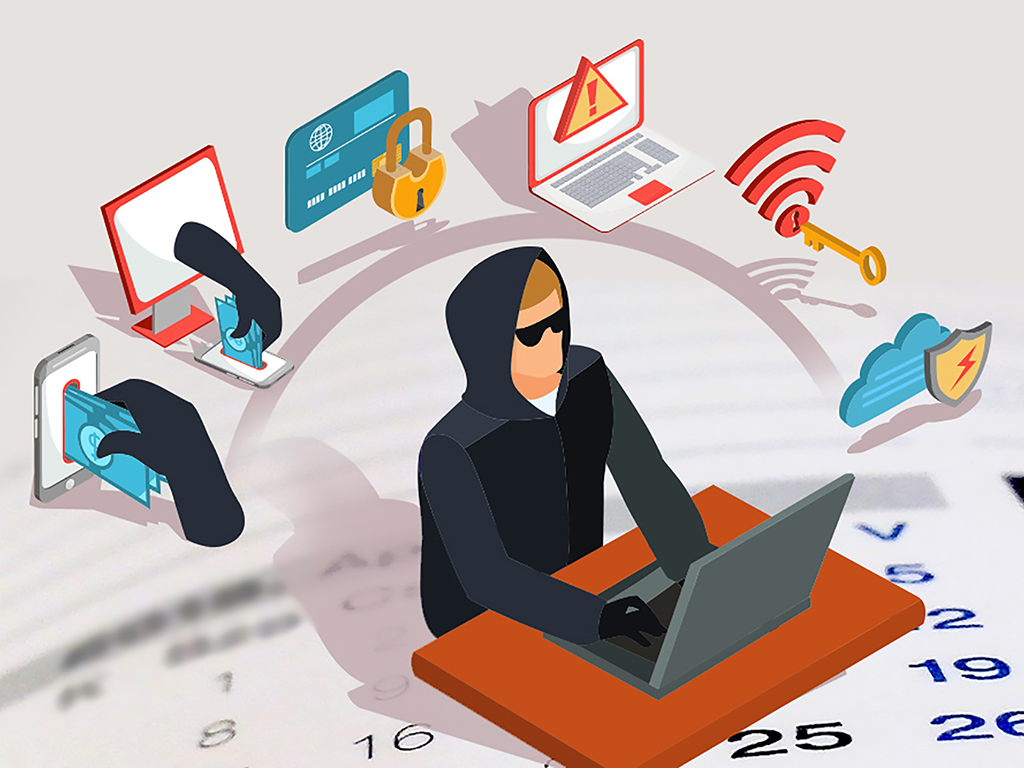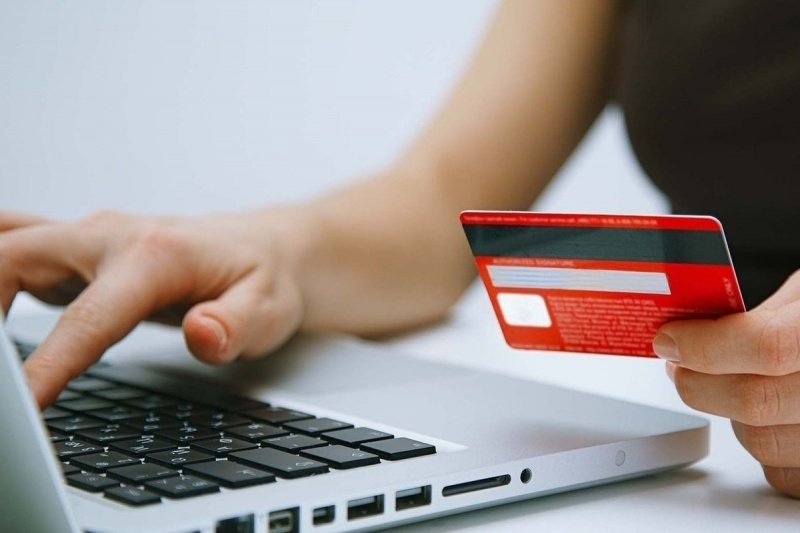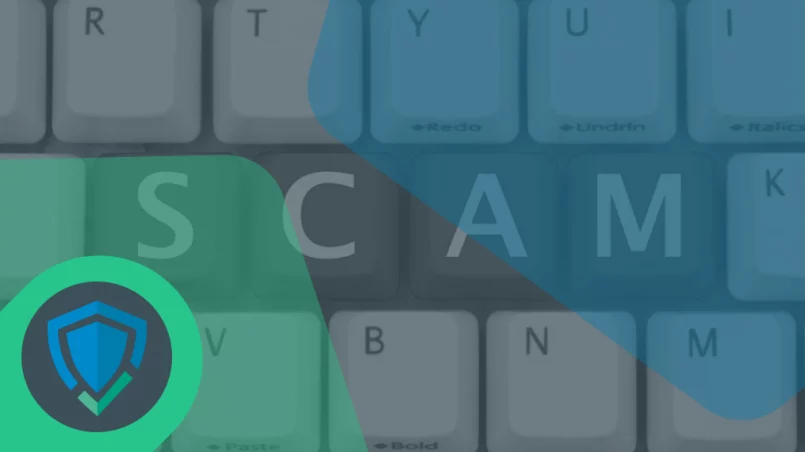If a fraudster knows your email address, they can easily send phishing emails or gain access to accounts and steal personal information. All obtained data can be used to spoof the mailbox, thus giving fraudsters unauthorized access.
Phishing messages are a fraudulent form of extracting personal information for deceptive purposes, including card numbers, their passwords, passwords to social networks, bank accounts, messengers, and more.
Phishing Through Emails
The use of phishing emails is not a new type of internet fraud. If fraudsters acquire information about an email, they send such mailings:
- emails with lucrative offers,
- risk-free bets,
- links to trading platforms.
This targets people who dream of getting rich quickly or investing their funds in a lucrative deal.
A persistent phishing attack can yield positive results for the fraudster, and a person might respond to one of the emails by clicking on a malicious link. If there is no reaction and the emails are ignored, the fraudster realizes the trick did not work and stops attacking the email owner.

How to Recognize a Phishing Message
There are several distinctive signs that help recognize phishing messages:
- a call for immediate action (threat of negative consequences, short-term offer) that causes panic and reckless actions;
- a suspicious or unknown sender (mismatch in sender's name, address, email), do not follow unknown links;
- messages with links or attachments that arouse suspicion if not searched for, avoid using such harmful links;
- software that aids fraudsters in stealing personal data;
- illiterate, incorrect formatting of messages or websites to which links are sent, reputable companies would never create emails with incorrect content and errors;
- a request for confidential personal information (address data, email addresses, credit or payment card numbers, account passwords), sending such information to unknown sources can lead to data theft;
- super lucrative offers (high return rates, prize winnings, profitable investments, enticing trades on the exchange with high earnings percentage) before reacting to this, verify the information and do not rush to invest in unknown sources.

Protection from Fraudulent Emails
To protect your mailbox from a flood of fraudulent emails, set security settings when registering or creating a mailbox. It is recommended to set up double protection using a spam filtering feature. The program recognizes harmful or annoying information, automatically filtering it into the spam folder, where it will be stored for some time before being deleted.
Of course, spam phishing emails will still slip into the mailbox, but thanks to the settings, you can avoid an endless stream of phishing information. Multi-factor authentication of an account is one way to protect email.
It is advisable to synchronize on several gadgets at once - this will allow you to monitor the flow of information into the email from any device connected to this mailbox.

How Not to Fall for Phishing
Updating the mailbox software, installing new versions with a higher degree of protection, allows for organizing multi-level email protection.
If an email seems suspicious, even if it is identified as from a known person, it's better not to follow the sent link but to contact the sender and clarify the information. Under no circumstances should you share personal data in an email, such as card numbers and passwords. A complex password will be an important defense against phishing scams; do not connect all information to one password, it is better to use different passwords for different accounts, emails, and banking.
Signs of a Phishing Email
Phishing messages are often spread as emails labeled as being from some company or banking services, mail administrators. Advertising messages containing links to fake sites require entering personal data.
Phishing emails arrive constantly, persistently without requests. Once you click on a fake link, spam will pour in with lucrative offers. They aim to collect information and steal data.

Fraudsters and Fake Emails
By sending fake emails, fraudsters hope to get lucky and find a victim they can lure into their web of deception, defraud for money, and rob by extracting everything possible:
- Savings;
- Accumulations;
- Deposits to a card.
Fake emails often contain aggressive information, enticing links, and malicious programs. Having obtained a database of email service clients, fraudsters attack in search of easy prey.
